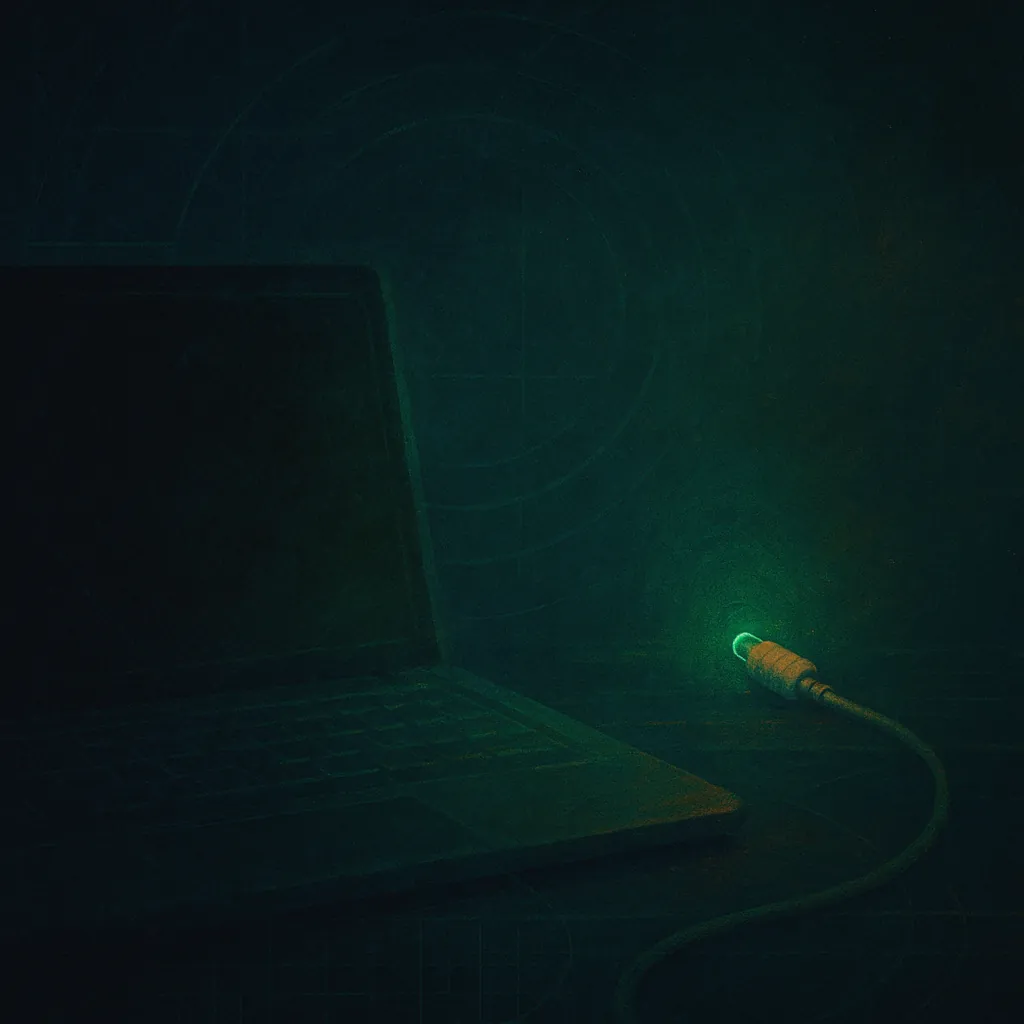Why is my laptop battery not charging?

Table of Contents
A few angles:
- Charger wattage too low or failing; test with a known-good.
- DC jack damage or loose internal connection.
- Battery wear level high; check with OEM utility.
- Firmware/EC issues; BIOS update sometimes helps.
- USB-C PD negotiation quirks with third-party cables.
Need help? Check here: /services/repairs/
What it might be (likely causes)#
Underpowered or failing charger
Many laptops negotiate specific wattage. If the adapter can’t supply enough (e.g., using a 45 W brick for a 90 W laptop), you’ll see “Plugged in, not charging” or the battery will drain while in use.DC jack / charge port wear
Barrel‑jack sockets and some USB‑C ports loosen or crack their solder joints over time. Wiggle‑sensitive charging or intermittent LEDs point here.Battery wear level
Lithium cells lose capacity and may refuse to accept charge beyond a certain wear threshold. OEM utilities can show Design Capacity vs Full Charge Capacity.Firmware / EC (embedded controller) state
The charging controller can get stuck after sleep/hibernation or an update. A full power drain or BIOS/EC update often restores normal behavior.USB‑C Power Delivery oddities
Not all USB‑C cables carry e‑markers or high current. Some ports are data‑only or charge‑in only. Background: USB Power Delivery
Things to check (quick, safe wins)#
Confirm the required wattage
Read the label on your laptop or OEM adapter (e.g., 19.5 V ⎓ 6.15 A ≈ 120 W). Use an adapter that meets or exceeds it. If the LED on the brick flickers or is dim, suspect the brick.Test with a known‑good charger/cable
- Barrel jack: try another OEM‑rated adapter if available.
- USB‑C: use a 60–100 W PD‑rated cable/charger. Avoid thin, data‑only cables—look for e‑marked cables for >3 A charging.
Inspect the port and plug
Check for wobble, scorching, lint, or bent pins. Gently clean lint from USB‑C with a wooden toothpick; avoid metal tools.Battery and AC behavior
- If removable, test AC‑only with battery out (if the laptop supports it).
- If it runs on AC but won’t charge the battery, the charge path or the battery itself is likely at fault.
Power reset / EC reset
Shut down → unplug AC → hold power 15–20 seconds (drains capacitors). On some models, a tiny reset pinhole exists on the bottom—press as per OEM manual.BIOS/UEFI & EC update
Install the latest stable BIOS/EC. Some vendors also have battery calibration tools. General prep before firmware updates: /posts/prepare-for-computer-repair/Check wear level
- Windows:
powercfg /batteryreport(view the HTML report) shows Design vs Full charge capacity and cycle count. - Linux:
upower -i $(upower -e | grep BAT)or read/sys/class/power_supply/BAT*/for capacity and cycles.
- Windows:
Vendor “battery conservation” modes
Many laptops stop at 80% to extend lifespan (Lenovo, ASUS, etc.). Disable temporarily to test. Re‑enable if you want longevity once charging works.Try the other USB‑C port (if present)
Some laptops only support charging on one USB‑C port, or only on the port with a charging icon. Try both orientations and ports.
Patterns that point to the cause#
- Charges when the plug is held at an angle → loose DC jack or worn USB‑C port.
- Runs on AC but battery % never increases → aged battery or failed charging FET/sense line.
- Charges on OEM brick but not third‑party → PD negotiation or wattage shortfall.
- Stuck at exactly 80% → vendor conservation mode.
- Stops charging after sleep until full shutdown → EC/firmware glitch; update/reset.
For aging‑hardware context and when to consider broader service, see: /posts/top-problems-10-year-old-pcs/
When to pause and get hands‑on help#
- DC jack is loose, sparks, or shows heat damage.
- Battery is swollen (chassis bulge, trackpad click issues)—power down and seek service immediately.
- Battery wear shows very low Full Charge Capacity and calibration doesn’t help—replacement time.
Bench testing with a lab‑rated charger and port inspection can separate charger, jack, battery, and board issues quickly.
Insight#
Charging is a negotiation between source, port, controller, and cells. If any one link lies, the pack refuses to take energy. Start at the wall (adequate wattage), confirm a clean physical path (jack/cable), reset the controller (EC/BIOS), and then judge the battery by its numbers—not vibes. Healthy systems charge predictably; when they don’t, the data will tell you which link is out of tune.
Need a precise diagnosis, DC jack repair, or a safe battery replacement in Kirksville?
See /services/repairs/.